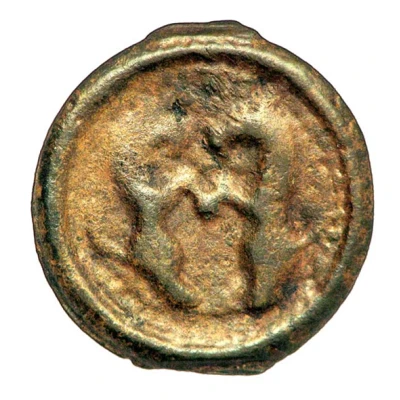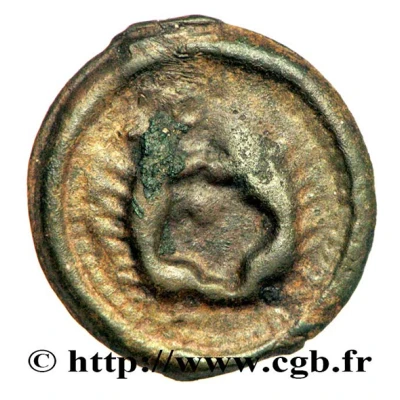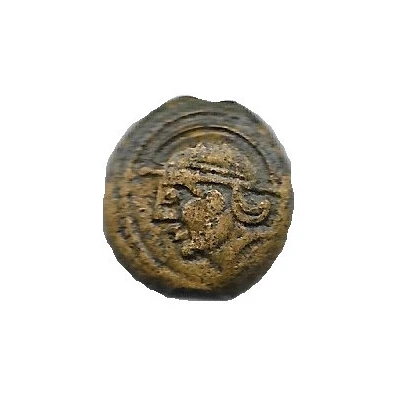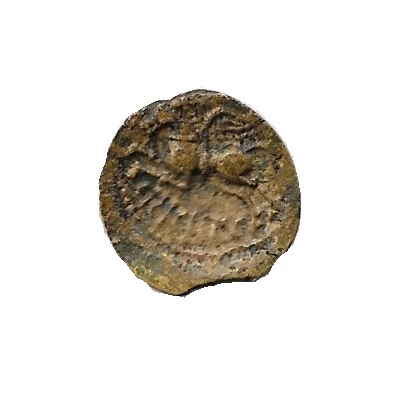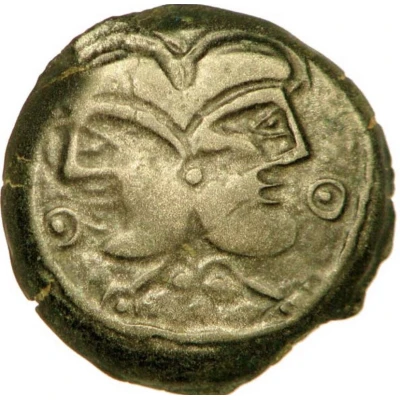
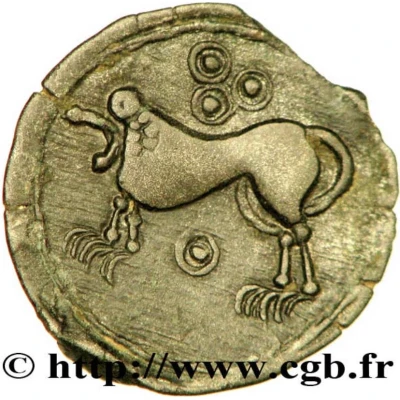

© CGB
Bronze with janiform head Class II 50 BC - 40 BC
| Bronze | 2.72 g | 17.5 mm |
| Issuer | Suessiones (Gallia Belgica) |
|---|---|
| Type | Standard circulation coin |
| Years | 50 BC - 40 BC |
| Composition | Bronze |
| Weight | 2.72 g |
| Diameter | 17.5 mm |
| Shape | Round (irregular) |
| Technique | Hammered |
| Orientation | Variable alignment ↺ |
| Demonetized | Yes |
| Updated | 2024-10-09 |
| Numista | N#204128 |
|---|---|
| Rarity index | 92% |
Reverse
Lion standing left, tail falling between legs; three rings above the lion and another below; listel.
Comment
For this variety, there are obverses with S under the heads and others with pointed ringlets; the two are often confused.This series is divided into at least two classes; class I has a right with only the janiform head and a reverse with a pointed ringlet surrounded by small globules. Class II has a straight with janiform head surmounting two balled S and/or ringlets (pointed or not) in front of the mouth; on the reverse, there are three pointed ringlets above the lion and one ringlet (pointed or not) below. The Class II lion (standing stationary, with the tail drooping between the legs) is much more stylized or "stiff" than the Class I lion (bounding, with the tail curled over the back). One can notice that the specimens of class I have a graining on the reverse while those of class II seem to have a listel. The copy n°85 of the British Museum could illustrate a third class which does not seem to have been distinguished. This coinage was previously given to the Bellovaci. An attribution, with regard to the map of distribution of copies, is possible at the Suessiones. The original mint of this type would be located on the site of Pommiers in the Aisne. This type of piece is also found on the oppidum of Villeneuve-Saint-Germain.
Interesting fact
One interesting fact about this coin is that it features a janiform head, which means it has two faces, one on each side of the coin. This unique design was a common feature of coins from the Suessiones tribe in Gallia Belgica during that time period.
